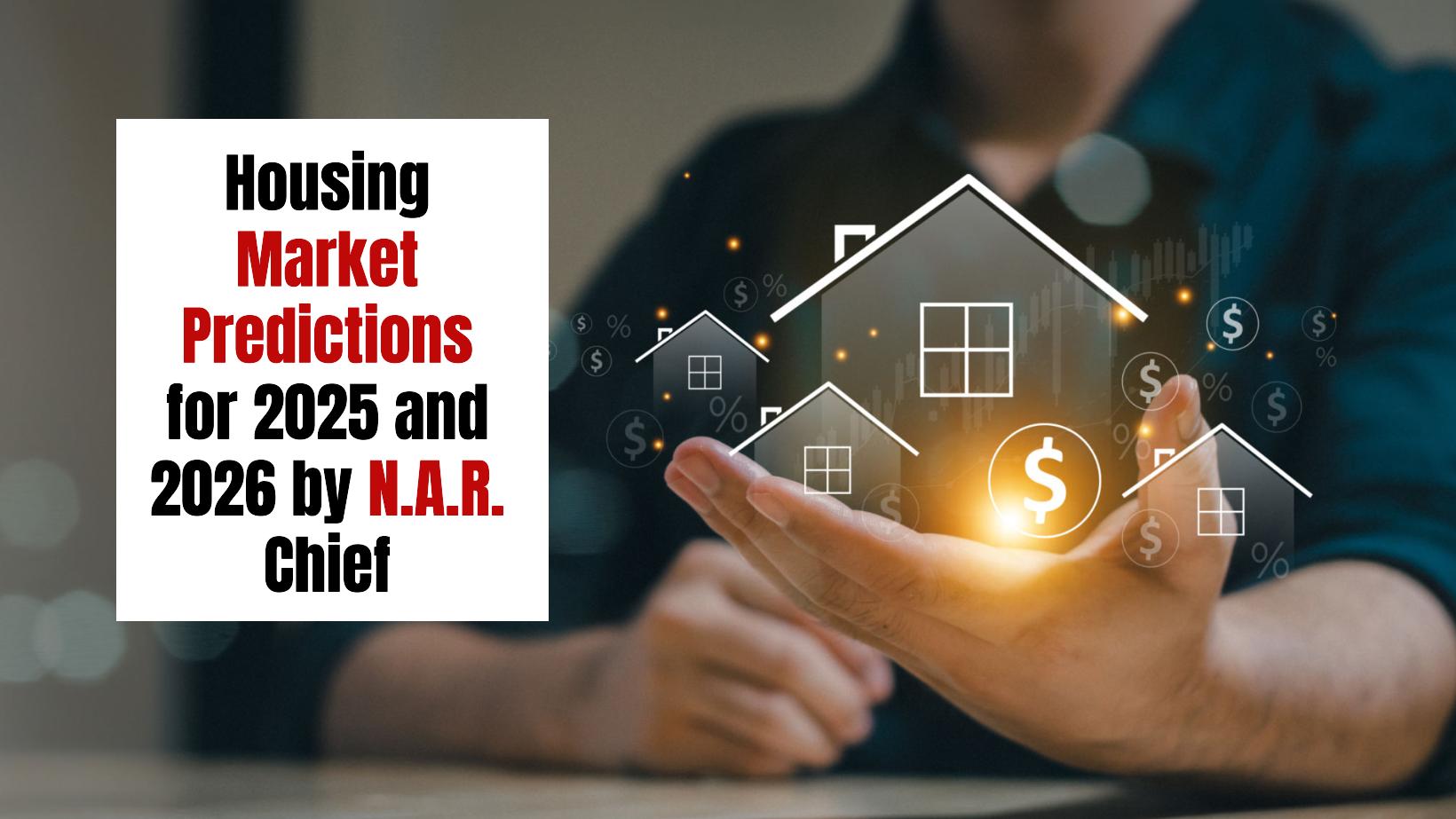A
s we look ahead to the housing market in 2025 and 2026, experts are predicting a significant increase in home sales. According to Lawrence Yun, NAR Chief Economist, there will be a notable 9% increase in home sales for 2025 and an impressive 13% increase for 2026. This optimistic forecast is largely attributed to stabilizing mortgage rates, which are expected to hover around 6%. After a challenging period marked by high borrowing costs and low inventory, Yun believes the worst of the housing inventory shortage may be ending.
Key takeaways from Yun's predictions include:
* A 9% increase in home sales for 2025
* A 13% increase in home sales for 2026
* Mortgage rates stabilizing around 6%
* The end of the housing inventory shortage
* Home prices increasing by 2% in both 2025 and 2026
Yun's predictions are based on several factors, including job growth, interest rate stabilization, and increased household equity. He notes that the median net worth for homeowners is approximately $415,000, while for renters it is a mere $10,000. This significant wealth gap underscores the long-term benefits of homeownership.
Looking ahead to home sales, Yun forecasts an uptick in sales that could mark a significant recovery for the US housing market. He attributes this recovery to job growth and the effectiveness of interest rate stabilization. With continued job additions across various sectors, potential homebuyers are more likely to explore their options in the housing market.
Mortgage rates are expected to stabilize between 5.5% and 6.5%, with Yun emphasizing that these levels may represent the new normal for borrowers. He notes that interest rate cuts could provide further relief for buyers, making home financing more accessible.
Home price predictions also point to a moderate growth in median home prices, with a 2% increase expected in both 2025 and 2026. This steady recovery is beneficial for maintaining affordability in housing, an aspect many Americans are increasingly concerned about.
Several economic factors will shape the housing market in the coming years, including job growth, household equity, and inventory stabilization. Yun points to the relationship between job growth and homeownership opportunities, asserting that more jobs generally create more opportunities for individuals to buy homes.
The wealth gap between homeowners and renters remains a significant issue, with Yun highlighting the long-term benefits of homeownership. He notes that younger Americans, particularly first-time homebuyers, now represent a smaller portion of the current home-buying demographic. With more affordable options becoming available and potential interest rate cuts in the offing, there is hope that these individuals will find pathways to enter the market.
Regional variations will also play a significant role in the dynamics of home buying, with different parts of the country experiencing varying rates of growth. Metropolitan areas experiencing rapid job creation or high levels of investment may witness higher than average increases in home sales and property values.
In conclusion, housing market predictions for 2025 and 2026 reflect a cautiously optimistic outlook, driven by job growth, stabilizing mortgage rates, and an end to the inventory crunch that has troubled many potential buyers. While challenges will likely arise, the forecasts indicate significant opportunities for home sales growth in the next two years.















